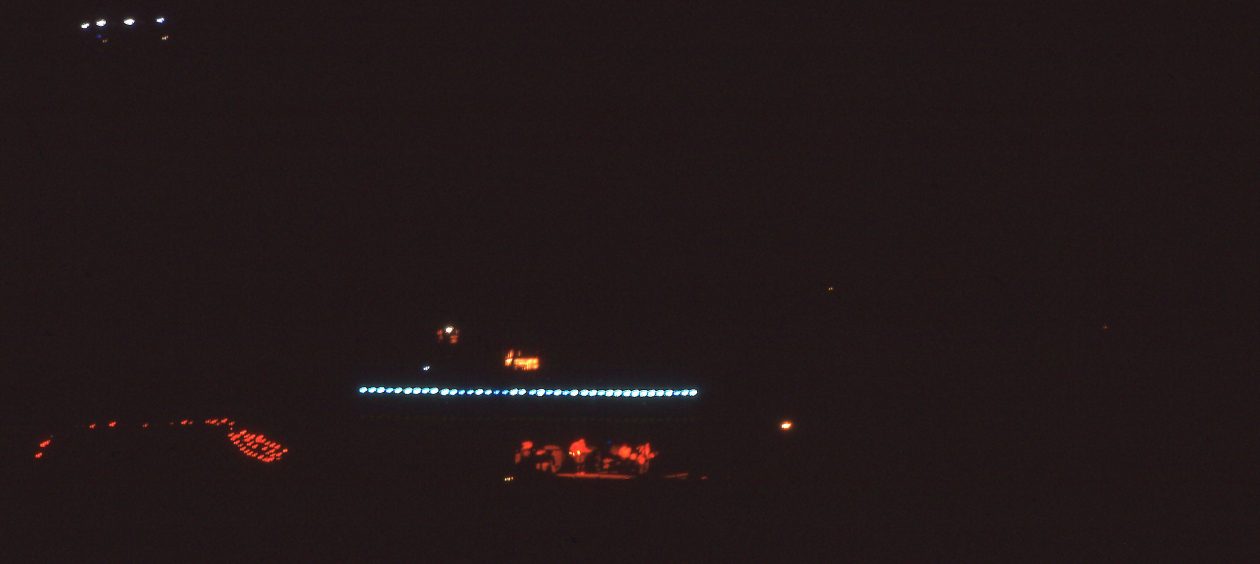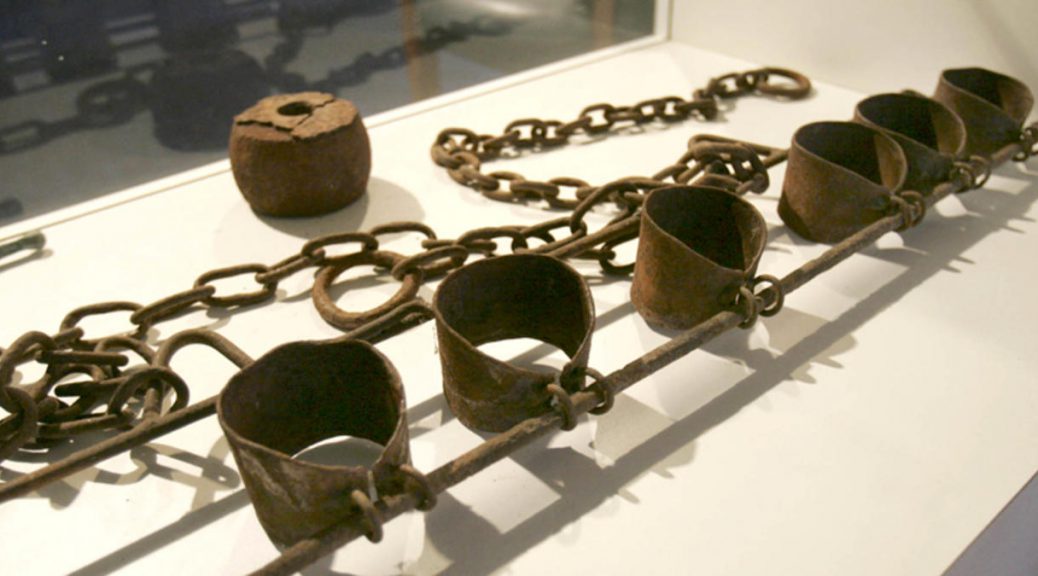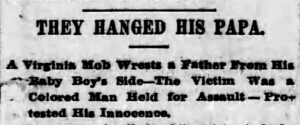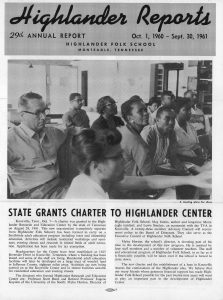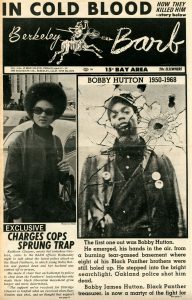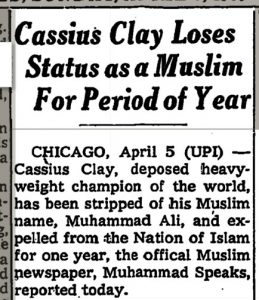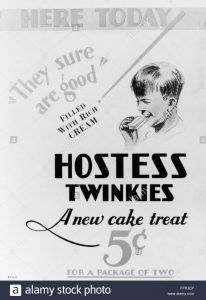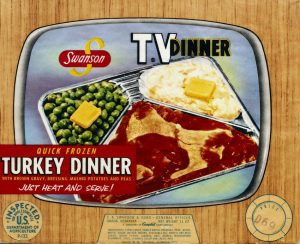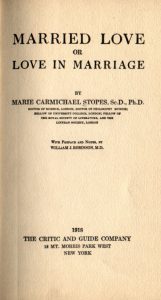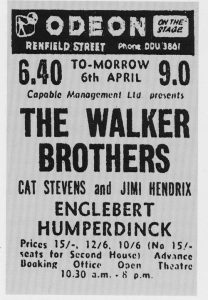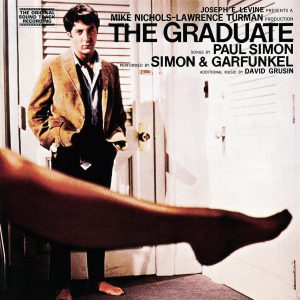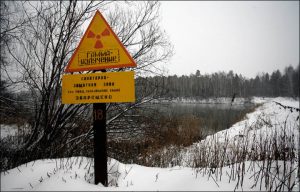April 6 Peace Love Art Activism
BLACK HISTORY
Slave Revolts
April 6, 1712: in 1712, New York City had a large enslaved population and the city’s whites feared the threat of rebellion. Enslaved people in New York City suffered many of the same brutal punishments and methods of control faced by their counterparts toiling on Southern plantations. The labor demands of urban life required enslaved people to move frequently throughout the city to complete tasks. This brought greater freedom of movement and communication for the enslaved, which they used to organize a rebellion against their harsh living conditions and lack of autonomy.
Organizers from several ethnic groups, including the Akans of West Africa, who viewed the colonial master-servant relationship as a violation of Akan tradition; the Caromantees and Paw-Paws, also of West Africa, who rejected the brutality of slavery; Spanish-speaking Native Americans who viewed themselves as free people who had been illegally enslaved; and Creoles, who joined in protest of their status and harsh treatment, came together to plan a revolt.
The coalition set fire to a building in the center of the city. Armed with hatchets, knives, and guns, the rebels attacked whites as they arrived at the fire, killing nine and injuring seven.
Colonial Governor Robert Hunter dispatched troops to quell the rebellion. The troops arrested some rebels and captured others who fled into the woods. Six of the revolt’s organizers reportedly committed suicide, twenty-one accused rebels were convicted and executed, and thirteen were acquitted and returned to bondage.
Governor Hugh Drysdale
In 1722, when Hugh Drysdale arrived in Williamsburg in 1722 to begin his term as Virginia’s governor, he found the jail full of mutinous slaves awaiting trial. Three of the leaders were convicted of “Conspiring among themselves and with the said other Slaves to kill murder & destroy very many” of His Majesty’s subjects and sentenced to be sold out of the colony. According to Drysdale, their design “…was to cutt off their masters, and possess themselves of the country; but as this would have been as impracticable in the attempt as it was foolish in the contrivance, I can foresee no other consequence of this conspiracy than the stirring upp the next Assembly to make more severe laws for keeping their slaves in greater subjection etc.”
Every slave rebellion or rumor of plotting resulted in laws increasing the severity of punishment, curtailing slaves’ movements, and restricting their ability to assemble, attend funerals or religious services, or possess weapons.
Governor William Gooch
In 1730: Virginia’s Governor William Gooch reported to the Board of Trade that another slave uprising had been scotched. The spark was a false rumor that “His Majesty had sent Orders for setting of them free as soon as they were Christians, and that these Orders were Suppressed.” Gooch tried to learn the source of this falsehood and called out the militia to take up any slave found off his master’s plantation. “A great many” were made prisoner and were whipped for “rambling Abroad,” and by this method Gooch hoped “to Convince them that their best way is to rest contented with their Condition.”
Another slave revolt
In 1730, six months after the above revolt, another insurrection began. Governor Gooch wrote: Negros, in the Countys of Norfolk & Princess Anne, had the boldness to Assemble on a Sunday while the People were at Church, and to Chuse from amongst themselves Officers to Comand them in their intended Insurrection, which was to have been put in Execution very soon after: But this Meeting being happily discovered and many of them taken up and examined, the whole Plot was detected.
After a trial, four ringleaders were executed and the rest harshly punished.
South Carolina Security Act
In mid-August, 1739: the Act was a response to the white’s fears of insurrection, the act required that all white men carry firearms to church on Sundays, a time when whites usually didn’t carry weapons and slaves were allowed to work for themselves. Anyone who didn’t comply with the new law by September 29 would be subjected to a fine. (see SR for expanded history of American slave revolts)
Dred Scott
April 6, 1846: Scott filed suit for his freedom and that of his wife and two children. Sometime after his return to St. Louis, Scott had renewed contact with the sons of Peter Blow, his former master. The Blows began to provide financial aid for Scott’s litigation.
Scott’s lawyers assumed his case was an easy one to win. In 1824, in Winny v. Whitesides, the Missouri Supreme Court freed a slave who had been taken to Illinois. In the next thirteen years the Missouri court heard another ten cases on this issue, always deciding that slaves gained their freedom by either working in a free jurisdiction or living there long enough to be considered a resident. In this period Missouri was one of the most liberal Southern states on this question. It was not, however, the only slave state to reach this result. Courts in Kentucky, Louisiana, and Mississippi also upheld the freedom of slaves who had lived in a free state or territory. (next BH, see Apr 18; see Scott for expanded story)
Isaac Brandon lynched
April 6, 1892: a mob of at least 80 white men broke into the jail in Charles City, Virginia, removed Isaac Brandon, a Black man, from his cell, ignoring the pleas of his young son, and lynched him on the courthouse lawn.
A few days prior, several white women alleged that a Black man had broken into their home and tried to assault them. When news of this event spread, suspicion quickly turned to Brandon. Allegations against Black people were rarely subject to scrutiny.
Isaac was promptly arrested and brought to the jail. Although no evidence linked him or his young son—whose name is not recorded in contemporary newspapers—to the alleged crime, both of them were arrested and held for several days in the jail.
On the evening of April 6, a mob of at least 80 white men arrived at the home of the sheriff and shared their plan to lynch Mr. Brandon. Although he was armed and charged with protecting those in his custody, the sheriff failed to protect Mr. Brandon or his son from the mob’s actions and the mob successfully broke through the jailhouse door without incident.
Mr. Brandon and his young son pleaded with the mob not to carry out the lynching as Mr. Brandon maintained his innocence, stating to the mob: “You are going to hang an innocent man.” Mr. Brandon’s young son clung to his father as the mob bound Mr. Brandon’s hands before his son was forced back into the jail cell as the mob took his father away. The mob hanged Mr. Brandon to a tree on the courthouse lawn.
Mr. Brandon’s body was left hanging outside the courthouse until the next morning, and contemporary accounts noted that members of the Black community were forced to bear witness to Mr. Brandon’s body in the town square. [EJI article] (next BH and Lynching, see April 27) or see 19th century for expanded lynching chronology)
Scottsboro 9
April 6 – 7, 1931: before Judge A. E. Hawkins, Clarence Norris and Charlie Weems were tried, convicted, and sentenced to death. A threatening crowd gathered outside the courthouse. Victoria Price testified that six of the black youths raped her, and six raped Ruby Bates. (see Scottsboro for expanded story)
MARTIN LUTHER KING, JR
April 6, 1958: King spoke at an Easter rally in Montgomery on the marked spot on the Capitol steps where Jefferson Davis had been sworn in as president of the Confederacy in 1861. In his speech, Dr. King protested the unequal treatment of white and black defendants and victims in the courts, and concluded: “Truth may be crucified and justice buried, but one day they will rise again. We must live and face death if necessary with that hope.”
The Ku Klux Klan tried to disrupt the rally, and afterward a group of thirty-nine local white ministers released a statement decrying the protesters’ “exaggerated emphasis on wrongs and grievances.” (BH, see May 13; MLK, see June 23)
Highlander Folk School
April 6, 1961: the Highlander Folk School, founded in 1932, was an activist organization involved in civil rights, poverty, and organized labor issues. The state of Tennessee attempted to shut it down by revoking its license and seizing its property, alleging that director Miles Horton used the center for private gain, and that intoxicating beverages were being sold on the premises. (Most believe the alcohol was planted.) On this day, the Tennessee Supreme Court upheld the revocation. Highlander reopened the next day as the Highlander Research and Education Center in Knoxville, Tennessee. (see May 1)
Albany Movement
April 6, 1964: the first step toward integration in Albany, GA came quietly when five black children registered to attend classes the following fall with whites.
Three of the children registered at one elementary school and two at another. All were accompanied by their parents. (see Albany for expanded story)
Medgar Evers assassination
April 6, 1964: Byron De La Beckwith went on trial for the second time for the murder of Medgar Evers (BH, see April 7; see Evers for expanded chronology)
Viola Liuzzo
April 6, 1965: Collie Wilkins, William Eaton, Eugene Thomas, and Gary Rowe indicted for the murder of Viola Liuzzo. (see Viola for expanded story)
George Whitmore, Jr
April 6, 1965: The New York Assembly passed a bill to abolish blue-ribbon juries in New York City. Blue ribbon juries were established in the 1930s and are made up of persons selected on the basis of education and economic status. (see Whitmore for expanded story)
Rioting after King assassination
April 6 – 12, 1968: Baltimore, MD riots.
Black Panthers
April 6, 1968: Oakland Police ambush Black Panthers. Eldridge Cleaver arrested. Bobby Hutton shot and killed. (BH, see Apr 9; BP, see Sept 8)
Muhammad Ali
April 6, 1969: Elijah Muhammad, leader of the Nation of Islam, expelled Ali from the Nation for one year because Ali had made statement that he would return to boxing. (Ali, see February 25, 1970; Vietnam, see Apr 9)
Tennessee House Expels Two Black Representatives
April 6, 2023: in an extraordinary seven-hour session marked by tense exchanges and punctuated by boos and chants from onlookers, Tennessee’s Republican-controlled House of Representatives voted to expel Justine Jones and Justine Pearson, two Black lawmakers, but failed to oust a third representative, whhite Rep. Gloria Johnson, a week after the three Democrats led a gun reform protest in the chamber.
The crowd in the gallery erupted in boos and chants following both expulsions and loud cheers when the vote count turned up just short in the bid to oust whhite Rep. Gloria Johnson.
The vote over rules violations for Jones split along party lines 72-25, while the vote in Pearson’s case was 69-26. Johnson’s vote was 65-30. Expulsion from the House requires a two-thirds majority of the total membership.
Protesters upset with inaction on gun violence reform after a deadly mass shooting at a Nashville school again flooded the state Capitol on March 30 as the session to vote on the expulsions – a step the state House has taken only twice since the 1860s – was to begin. [CNN article] (next BH, see Apr 25)
April 6 Peace Love Art Activism
Consumer Protection
April 6, 1859: the first legislation in the U.S. for official inspection of milk was passed in Massachusetts, enabling cities to appoint inspectors. The city of Boston appointed the first full-time Inspector of Milk on 10 Aug 1859. An earlier state law prohibiting the adulteration of milk, signed by the Governor on 30 May 1856, had been ineffective. The law further cracked down on fraud, and added ten dollar fines for the sale of “swill milk,” the poor, thin output of cows kept in unsanitary conditions and fed on distillery refuse. Contaminated milk was a serious public health hazard, sometimes deadly to infants. A milk inspector was authorized to enter the premises of milk handlers, and to take specimens for analysis, the results of which could then be held as evidence for prosecution. Milk vendors had to register at his office. (see September 8, 1961)
April 6 Peace Love Art Activism
Native Americans
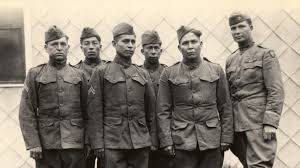
World War I
April 6, 1917: about 17,000 Indians served in the armed forces. during World War I. Some Indians, however, specifically resisted the draft because they were not citizens and could not vote or because they felt it would be an infringement of their tribal sovereignty.
The Choctaw code talkers were a group of Choctaw Indians from Oklahoma who pioneered the use of Native American languages as military code. Their exploits took place during the waning days of World War I. (see November 6, 1919)
World War II
From 1941 – 1945, some 44,000 Native Americans served in the United States military during World War II. For every one drafted, one and a half volunteered; American Indian participation in the war per capita exceeded any other group. The young men were drafted and, unlike Black Americans, served in integrated units.
Most notably were the 400-500 Native American Marines who served in the United States Marine Corps and whose primary job was the transmission of secret tactical messages. Code talkers transmitted these messages over military telephone or radio communications nets using formal or informally developed codes built upon their native languages. Their service improved communications in terms of speed of encryption at both ends in front line operations during World War II. (WWII, see Dec 7; Code Takers, see November 5, 2008; NA, see August 13, 1946)
April 6 Peace Love Art Activism
Cultural Milestones
Twinkies
April 6, 1930: James “Jimmy” A. Dewar, plant manager at Continental Baking Company, Chicago invented Hostess Twinkies snack cakes as an inexpensive product at the time of the Great Depression. He realized the factory had baking pans for sponge cakes used only during the summer strawberry season, and that they could be made useful year-round for a new product: sponge cakes injected with a banana creme filling. They originally sold at two for a nickel. Vanilla creme was substituted during the WW II banana shortage. The name is said to have come to him based on a billboard he saw for “Twinkle Toe” shoes. (see June 6, 1933)
TV dinners
April 6, 1954: though the actual date is disputed (September 10, 1953 or April 6, 1954) C.A. Swanson & Sons introduced the first TV dinner on one of them. It was Roast Turkey with Stuffing and Gravy, Sweet Potatoes and Peas. It sold for 98 cents and came in an aluminum tray, so you could just open the box and heat the dinner in the oven. (Of course, No microwave ovens back then). Supposedly executive Gerald Thomas came up with the idea when the company had tons of leftover turkey from Thanksgiving. The idea for the aluminum trays came from the trays used for airline food. They were an immediate success, and turkey dinners are still the most popular Swanson frozen dinner. Swanson stopped calling them TV dinners in 1962. (see April 15, 1955)
April 6 Peace Love Art Activism
FREE SPEECH
Women’s Health
April 6, 1931: U.S. Customs had banned the book, Married Love, by English Women’s Health pioneer Dr. Marie Stopes. On this day in United States v. One Obscene Book Entitled “Married Love,” New York Federal Judge John M. Woolsey overturned the ban. First published in England in 1918, Married Love had been printed in 19 editions by 1931. (FS, see December 6, 1933; BC, see December 7, 1936)
Montgomery Police Commissioner L.B. Sullivan
April 6, 1964: the Supreme Court rejected Montgomery Police Commissioner L.B. Sullivan ’s request for apportionment of costs in the case in which the court overturned a $500,000 libel judgment he had won against The New York Times in a lower court. The costs were estimated at $13,000. (FS, see Apr 8; Sullivan, see June 11, 1977)
Eisenstadt v. Baird
April 6, 1967: women’s Health and abortion rights activist Bill Baird on this day delivered a lecture on Women’s Health at Boston University, attended by 2,500 people. In a prearranged event, he handed a condom and a package of contraceptive foam to an unmarried 19-year-old woman. He was arrested by Boston police for distributing contraceptives to an unmarried woman, in violation of Massachusetts law. The arrest led to the Supreme Court decision Eisenstadt v. Baird, on March 22, 1972, which invalidated the law. Baird served 3 months in jail following his arrest. (see July 25, 1968)
Skokie anti-Nazi ordinances
April 6, 1978: the US Court of Appeals for the 7th Circuit, sitting en banc, vacated all previous “stay orders” and orders an expedited briefing schedule. (see Apr 11)
Planet Aid v. City of St. Johns
April 6, 2015: in Planet Aid v. City of St. Johns (Michigan), a three-judge panel of the Sixth Circuit rejected the city’s imposing a ban on outdoor, unattended charitable donation bins likely violates the First Amendment.
The dispute began shortly after Planet Aid, a nonprofit charitable organization established in Massachusetts, placed two bins in two locations with the permission of the property owners. Planet Aid solicits donations of clothing and shoes through its bins.
City officials confiscated the bins and later passed an ordinance prohibiting unattended, charitable donation bins. The ordinance provided: “No person, business or other entity shall place, use or allow the installation of a donation box within the City of St. Johns.”
Planet Aid sued, alleging a violation of its First Amendment rights.
A federal district court granted the organization a preliminary injunction preventing the city from enforcing the law. The city appealed to the Sixth U.S. Court of Appeals, arguing that the ordinance was necessary to preserve aesthetics and to prevent nuisances. The decision explains that such bins convey messages about charitable solicitations and donations to the public. (see June 1)
April 6 Peace Love Art Activism
McCarthyism
April 6, 1954: CBS TV broadcasts Senator Joseph McCarthy’s response to the Edward R Murrow See It Now report of March 9 (Transcript of speech) (see Apr 7)
April 6 Peace Love Art Activism
ADA
Student Rights
April 6, 1963: a group of parents convened a conference in Chicago entitled “Exploration into the Problems of the Perceptually Handicapped Child.” Professionals from various disciplines and with diverse and extensive clinical experience in dealing with the needs of these children participated. Professionals and parents shared a common concern: the recognition of the dire need for services for their children, services that did not exist.
The 1963 conference articulated the cornerstones on which the field of Learning Disabilities is based. The underlying assumptions put forth provided the frameworks for legislation, theories, diagnostic procedures, educational practices, research and training models. A consensus was reached on a name for the category … the term “Learning Disabilities,” embedded within the title of Dr. Samuel Kirk’s conference paper, was selected. (Student Rights, see March 1971)
TTY communication
In 1964, in California, deaf orthodontist Dr. James C. Marsters of Pasadena sent a teletype machine to deaf scientist Robert Weitbrecht, asking him to find a way to attach the TTY to the telephone system. Weitbrecht modified an acoustic coupler and birth to “Baudot,” a code that is still used in TTY communication. (ADA, see July 2, 1964; TM, see April 30)
April 6 Peace Love Art Activism
Vietnam
April 6, 1965: U.S. President Lyndon B. Johnson authorized the use of ground troops in combat operations in Vietnam. National Security Action Memorandum 328 came out of National Security Council meetings that were held on April 1 and April 2. The memorandum authorized U.S. personnel to take the offensive in South Vietnam to secure “enclaves” and to support South Vietnamese operations. The so-called “enclave strategy” called for the U.S. forces to control the densely-populated coastal areas while the South Vietnamese forces moved inland to fight the communists. This memorandum represented a major mission change for the American soldiers and Marines who had recently arrived in Vietnam. American forces had been limited to strictly defensive operations around the U.S. air bases, but the memorandum authorized them to go on the offensive to secure large areas of terrain, an escalation of U.S. involvement in the war. (next Vietnam, see Apr 7; see NSA for expanded article)
April 6 Peace Love Art Activism
April 6 Music et al
Jimi Hendrix
April 6, 1967: Hendrix, The Walker Brothers, Cat Stevens and Engelbert Humperdink, and others appeared at The Odeon. (see May 12)
The Graduate soundtrack
April 6 – May 24, 1968: Simon and Garfunkel’s soundtrack to The Graduate the Billboard #1 album. (see June 15)
April 6 Peace Love Art Activism
Nuclear/Chemical News
Severesk
April 6, 1993: Severesk, formerly Tomsk-7 (Russia). Workers break safety regulations by mixing dangerously large amounts of treated uranium in metal buckets, setting off a nuclear reaction (INES Level 4). Two of the workers later die from their injuries, and more than 40 others are treated for exposure to high levels of radiation. Hundreds of residents living nearby were evacuated from their homes while the nuclear reaction continued, but were allowed home two days later. (see December 9, 1993)
April 6 Peace Love Art Activism
Tulsa shootings
April 6, 2012: five people were shot, three killed, in a shooting spree in Tulsa, OK. Police were called to several separate crime scenes. The first shooting happened at 1 a-m, when police found a woman’s body in the street. Minutes later, two men were found shot. They are the only survivors. Within a few hours the bodies of two more people were found. (see Apr 8)
April 6 Peace Love Art Activism
Voting Rights
April 6, 2015: the US Supreme Court passed up an early chance to review a contested North Carolina election law that opponents said limits the ability of African-Americans to cast ballots.
The high court had intervened in October 2014 to order that the law remain in effect for the fall elections after a lower court ruling blocking part of the law. On this date, the justices wiped away their earlier order by rejecting the state’s appeal of that lower court ruling. The federal appeals court in Richmond, Virginia had blocked a part of the law that eliminated same-day registration during early voting in North Carolina.
A trial was set for July in the lawsuit filed by civil rights groups, and the issue of voting restrictions could return to the Supreme Court before the 2016 elections. (see Apr 20)
April 6 Peace Love Art Activism
Immigration History
April 6, 2018: Texas became the first state to deploy National Guard troops to the southern border of the United States
State officials said 250 Texas National Guard personnel would be dispatched to the border within 72 hours.
Brig. Gen. Tracy Norris, commander of the Texas Army National Guard, said the deployment would begin meeting “the priorities of the governor and the president in securing our border.” In addition to troops, the Guard said it would send ground surveillance vehicles and light and medium aircraft.
The Republican governor of Arizona, Doug Ducey, said that about 150 members of the National Guard in his state would deploy next week to the border.
The directive did not, on its own, toughen immigration policy or take concrete steps to do so; it merely directs officials to report to the president about steps they are taking to “expeditiously end ‘catch and release’ practices.” (next IH, see Apr 11; Nat’l Guard, see February 5, 2019)
April 6 Peace Love Art Activism
LGBTQ+
April 6, 2023: the Supreme Court ruled that transgender athletes in West Virginia could compete on female school sports teams in response to a challenge by the state to allow it to enforce a law that prohibited such athletes from doing so.
In a brief, unsigned order, the justices denied the state’s emergency request to lift an appeals court’s injunction, which enabled a transgender girl to compete on her middle school’s female teams until the three-judge panel reaches a final decision. [The Hill article] (next LGBTQ+, see Apr 26)
April 6 Peace Love Art Activism
Environmental Issues
April 6, 2023: the Biden administration proposed a new regulation to significantly reduce hazardous air pollutants from chemical plants, a move that environmental advocates predicted would significantly reduce the health risks to by people living near industrial sites.
The proposed Environmental Protection Agency rule called on chemical plants to monitor and reduce the amount of toxic pollutants released in the air, including the carcinogens ethylene oxide, an ingredient in antifreeze, and chloroprene, which was used to make the rubber in footwear.
The proposed rule would affect the vast majority of chemical manufacturers, applying to more than 200 facilities spread across Texas and Louisiana; elsewhere along the Gulf Coast; the Ohio River Valley; and West Virginia. It would update several regulations governing emissions from chemical plants, some of which had not been tightened in nearly 20 years. [NYT article] (next EI, see Apr 12)
